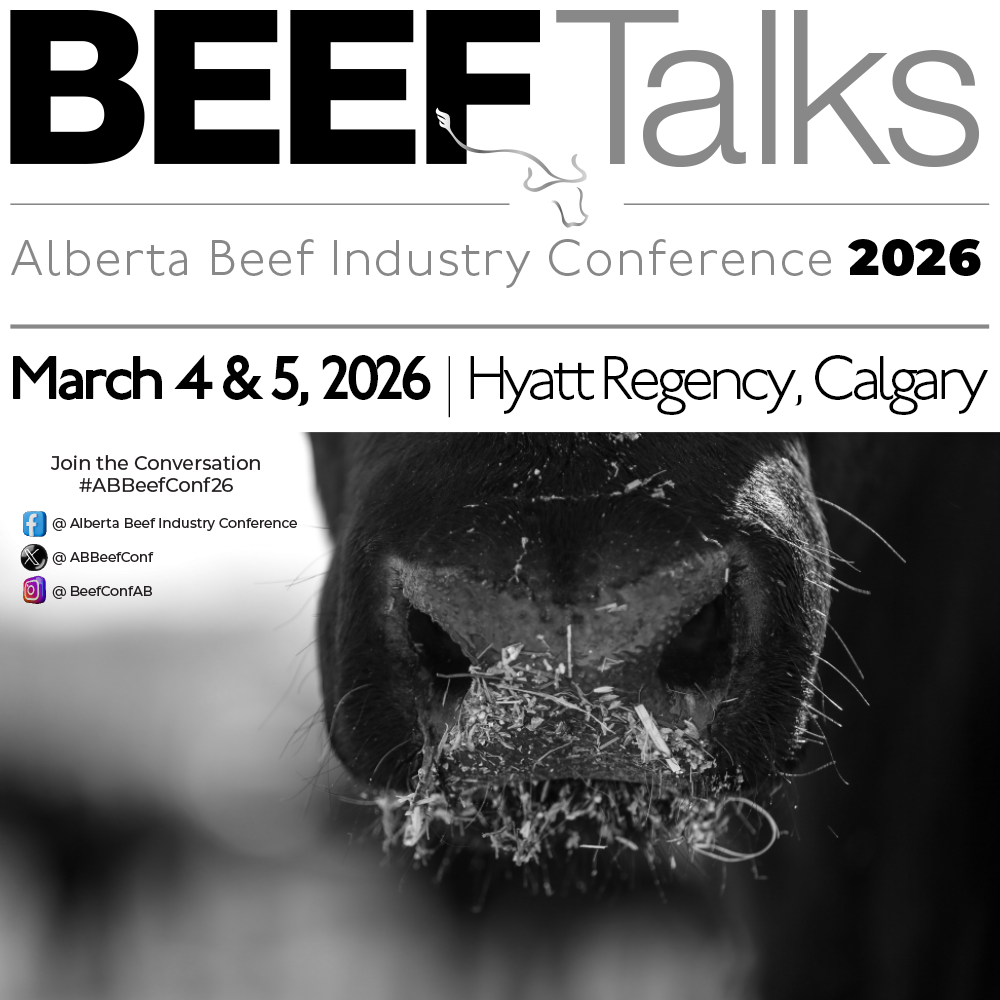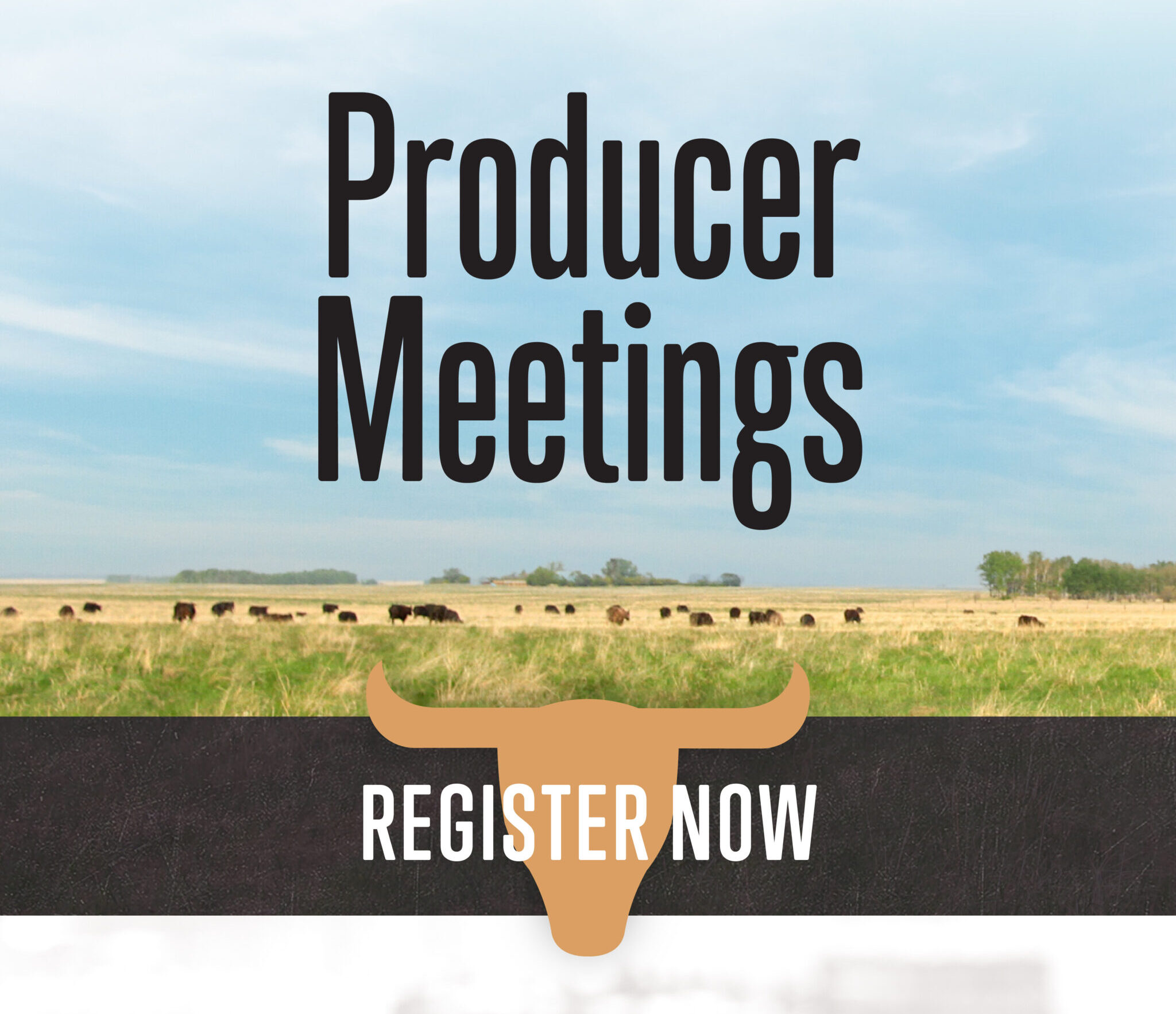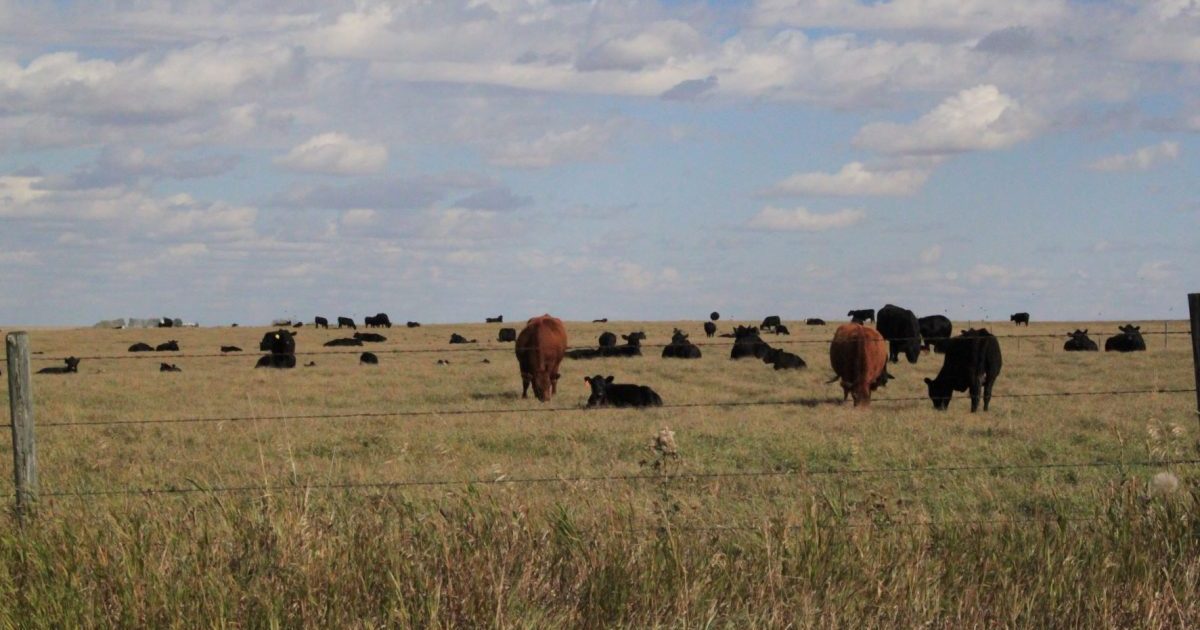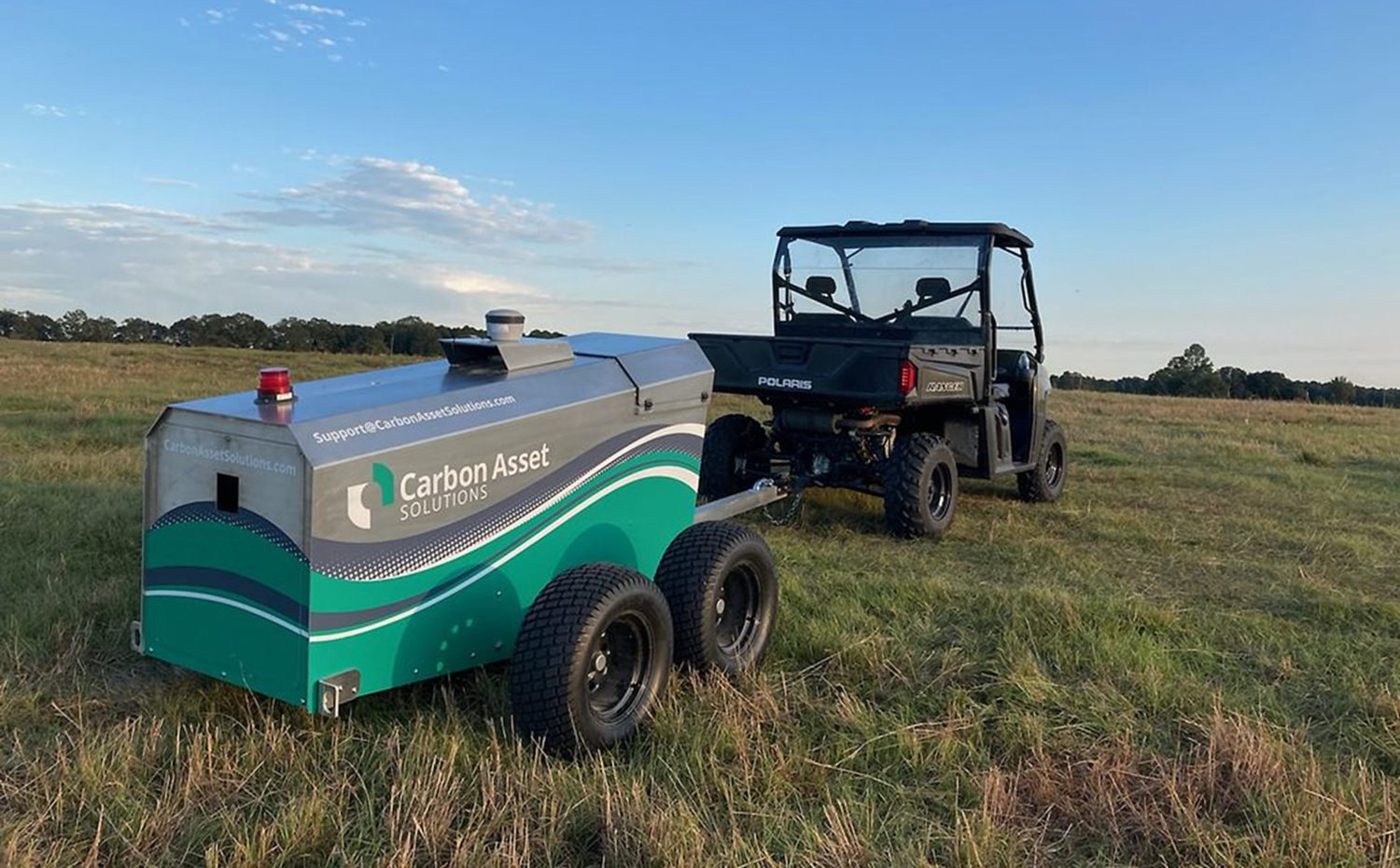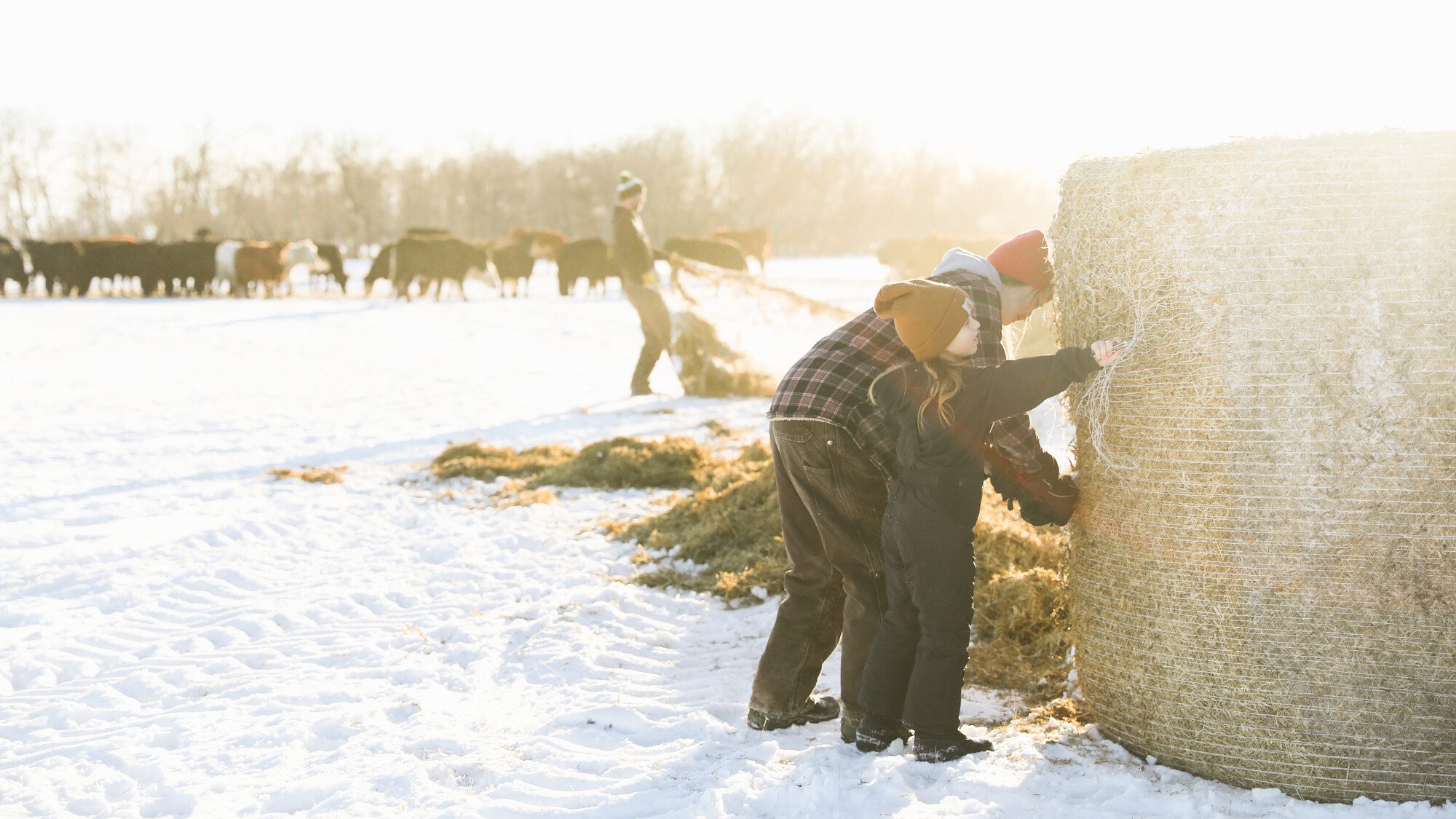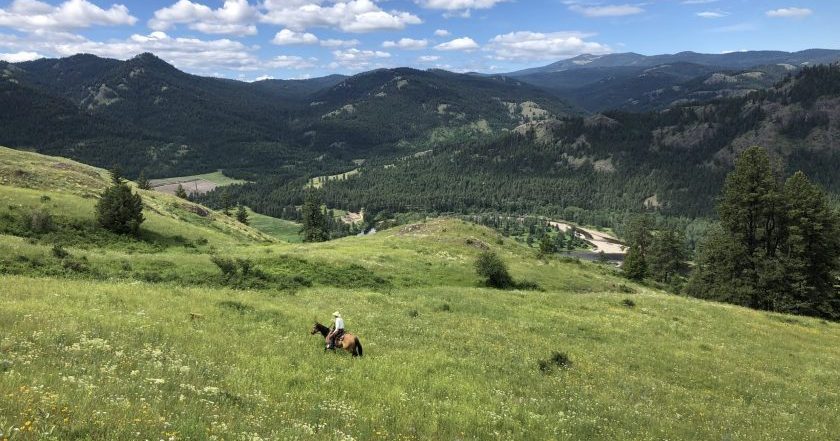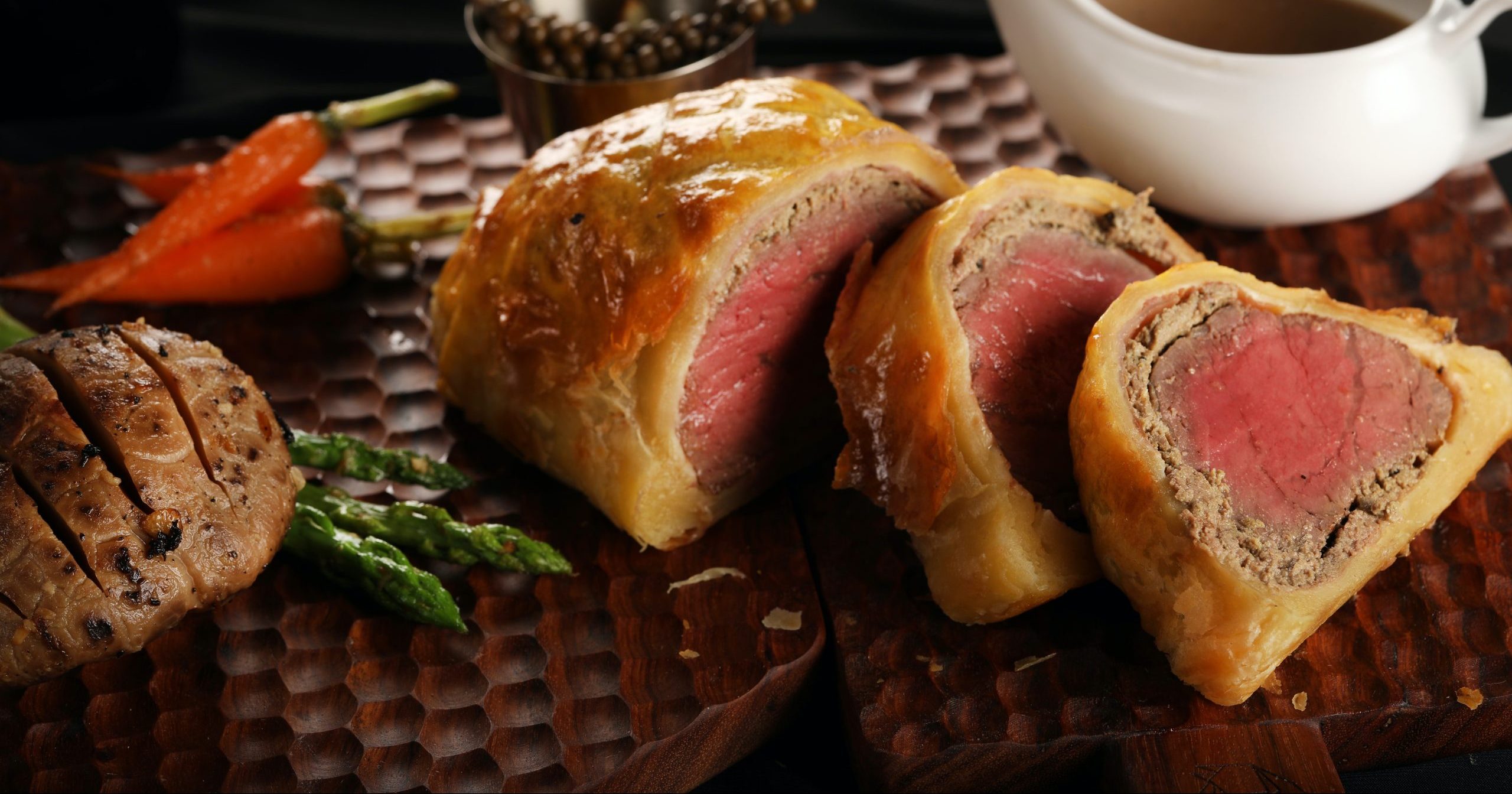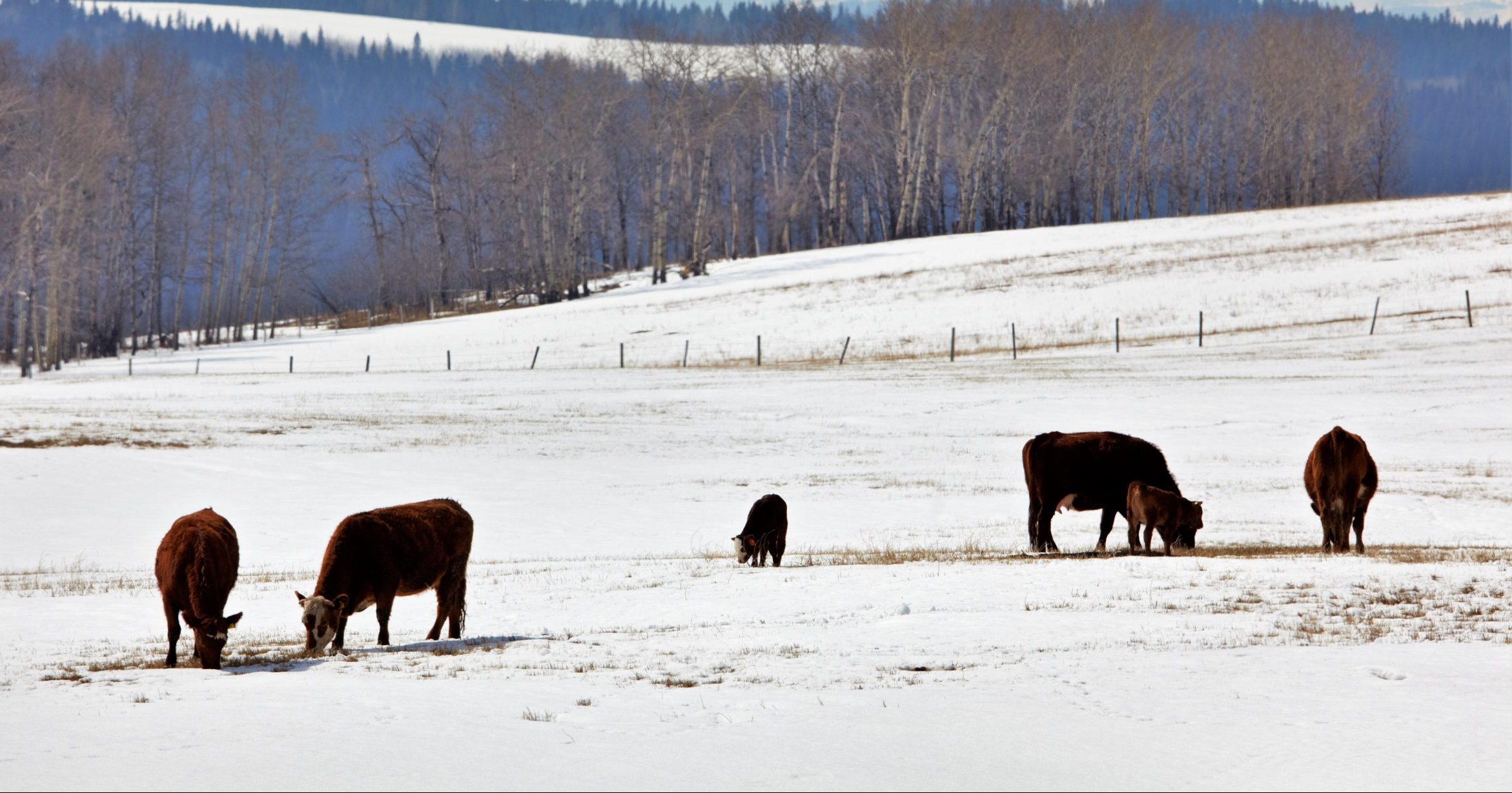AB Direct - Steers
Rail: 495.00 del
AB Direct - Heifers
Rail: 495.00 del
US Trade- Steers
Rail: 355.00-363.00 (IA, NE)
US Trade - Heifers
Rail: 355.00-363.00 (IA, NE)
Canadian Dollar
0.05
On the minds of Canadian consumers
As part of the Canadian Roundtable for Sustainable Beef’s (CRSB’s) mandate to recognize and advance sustainability in Canadian beef production, it is important to measure the understanding, attitudes, and changing perceptions of Canadian consumers. CRSB partnered with a consumer research agency to ask Canadians questions about what is on their mind when it comes to…
ABP delegates named to Beef Cattle Research Council executive
Two Alberta Beef Producers’ delegates — Craig Lehr and Fred Lozeman — have been named to the 2022-2023 Beef Cattle Research Council executive committee. Craig Lehr, an ABP delegate for the Southeast Zone, is BCRC’s new Chair. He was elected to this position in November at a BCRC meeting in Guelph, Ontario. Lehr, who previously…
CFGA launching Rotational Grazing On-Farm Implementation project
On-Farm Climate Action Fund (OFCAF) Funding is available for producers in B.C., Alberta, Saskatchewan and Quebec to help them plan and implement rotational grazing BMPs. The Canadian Forage and Grassland Association (CFGA) and Alberta partner ARECA (Agricultural Research and Extension Council of Alberta) are inviting applications from farmers and ranchers who are interested in planning…
Regenerative agriculture practices lead to healthier soil and higher quality beef
Producers and stewards of the land know that many of the solutions to the world’s environmental crises lie in the soil beneath our feet. Healthier soil means more nutrient-dense food and healthier cattle. While many world leaders are focused on policies that reduce carbon emissions from the air through regulation and taxes, there are still…
Canfax Weekly Article | Report for the week of November 28, 2022
The Canfax fed steer and heifer price closed the week around $182.25/cwt, a couple dollars higher than the previous week. Last week, dressed sales were reported from $302.00-302.50/cwt FOB the lot. Cattle were being scheduled for the first half of January delivery. Light volumes of Alberta-fed cattle traded to the U.S. Depending on freight and…
Locally made animal health solutions respond to Alberta producer needs
Beef producers can now have a say to help ensure their animal health needs are met through local pharmaceutical manufacturing. An innovative, family-run Alberta business is manufacturing animal health products right here in Calgary to meet industry demands. Alberta Veterinary Laboratories (AVL) and Solvet work together to “innovate by request”—seeking industry input about products that…
National TESA Recipient for 2022: Bar 7 Ranch
For the Fossen family of south central British Columbia (B.C.), applying proper stewardship to forage and water management on their private land as well as Crown range pastures not only benefits the environment, it makes good business sense for their ranching operation. As the second and third generation on the Bar 7 Ranch near Rock…
With a little love and tenderness…
Alberta beef tenderloin – a delicate and delicious favourite at the meat counter. Beef consumers have a longstanding love affair with beef tenderloin. It is a favourite at the meat counter and understandably so. Beef tenderloin is widely regarded as the most tender cut of beef. Part of the long loin, the tenderloin is the…
We’ve moved tag distribution closer to industry
On July 11, CCIA brought tag distribution in-house and closer to industry. Moving away from a third-party provider allows producers to buy closer to the source and access any approved tag on the market, at competitive prices. The webstore tags.canadaid.ca has been revamped to provide a seamless shopping experience which is mobile-responsive, so you can…
Alberta rancher recognized for community volunteerism
One Alberta rancher’s dedication to giving back was recently recognized with a special honour. Miles Wowk, who ranches at Beauvallon, AB, received the Queen’s Platinum Jubilee Pin for his long-time commitment to charity fundraising in his community. “There are no words that can truly explain how vital a volunteer is to the success and sustainability…
Seeking sire success
Summer’s over and the bulls are ready for their winter off. They’ve made their contribution to production and can be off the active ranch radar. But the time has come to look beyond their seasonal service, to see if there’s room for management improvement. “We think about bulls getting semen tested in the spring, and…
Canfax Weekly Article | Report for the week of November 21, 2022
The seasonal shift of leverage from the packer to the cattle feeder has not materialized, as packers continue to have the upper hand on the market. Packers were also limiting the amount of cattle they were buying from each producer. Dressed sales ranged from $304-305/cwt, $1-4/cwt higher than the previous week. Cattle were being booked…

